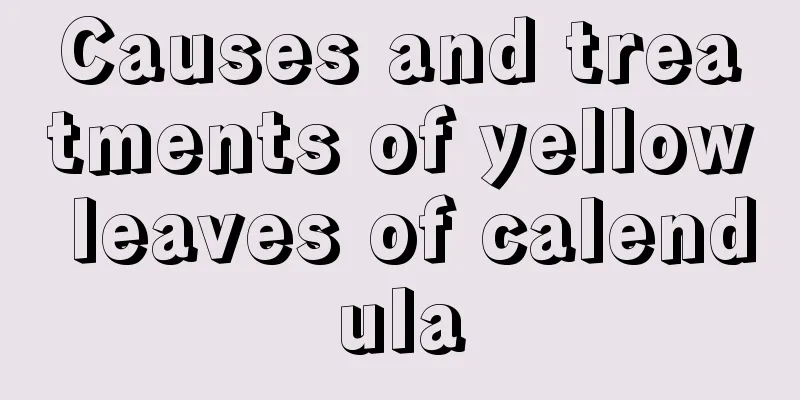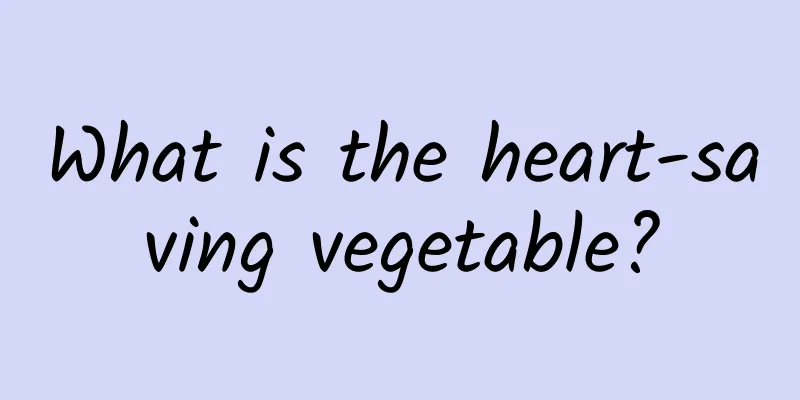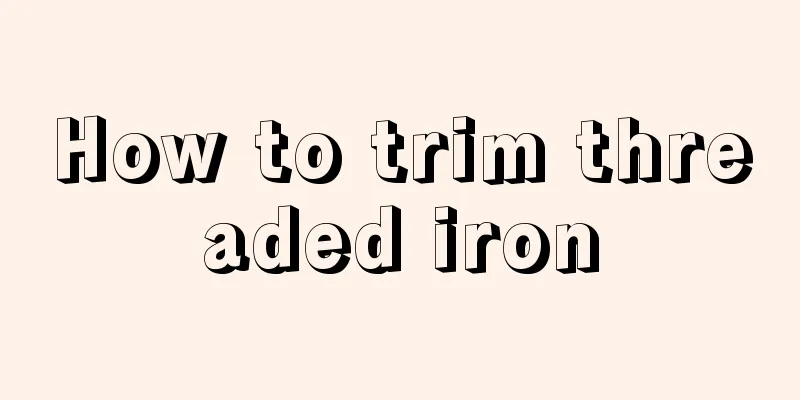Can potassium dihydrogen phosphate and magnesium sulfate be mixed (the impact of using them together on crops)

|
Foliar fertilization is attracting more and more attention. After all, with the popularization of high-yield crop varieties, the reform of farming systems, the development of intensive agricultural production, and the input of large amounts of large-element fertilizers, the soil nutrient supply has become unbalanced. The fact that trace elements are taken away more and returned less, thus affecting the yield and quality of crops, has become a matter of great concern to farmers. Therefore, adding fertilizers to the leaves has attracted more and more attention. As a farmer, in order to save labor and effort, we will mix various fertilizers, pesticides, regulators, etc. together for spraying. However, due to limited understanding of the characteristics of fertilizers, pesticides, etc. If substances that are not suitable for mixing are forcibly mixed, the effectiveness of each will be reduced. What is worse, it may cause pesticide or fertilizer damage, resulting in irreparable losses. Potassium dihydrogen phosphate is a phosphorus-potassium compound fertilizer. Due to its high price, it is generally used for spraying, seed soaking, seed mixing, etc. Potassium dihydrogen phosphate has many functions and is known as the "universal fertilizer". For example, it can be used for various crops, can be sprayed, irrigated, or mixed, and can promote the photosynthesis of crops and the growth of stems, stalks, and grains. It can make the seedlings strong and stalks strong, the roots thick and the leaves luxuriant, the grains plump, mature early and increase the yield, increase the grain weight, improve the fruit set rate, and also enhance the crop's resistance to lodging, cold, drought, diseases and pests, and improve the crop quality. However, its main function is to promote flowering and fruiting of crops, so the spraying time is mainly concentrated before and after flowering, and in the middle and late stages of growth and development. Generally, 2-3 sprayings are sufficient. The most important point is that although potassium dihydrogen phosphate is a compound fertilizer and only contains two elements, phosphorus and potassium, and is in crystalline form, it just has a high content, but its price is very high, several times that of ordinary ternary compound fertilizers. Based on these benefits, a large number of counterfeit and shoddy products have appeared, some using potassium chloride, some using magnesium sulfate, and even worse, some using table salt instead of potassium dihydrogen phosphate. How infuriating! Magnesium sulfate is a type of magnesium fertilizer. Magnesium fertilizer can be applied as a base fertilizer, flushed, or sprayed with water, but no matter which method is used, early application is better. Generally speaking, magnesium sulfate is mainly used for foliar spraying, and can be sprayed on the leaves in the early and middle stages of crop growth. First, magnesium fertilizer is mainly used in magnesium-deficient soils, such as the soil in the south, which is generally magnesium-deficient because the soil there is leached and lost due to high leaching. In addition, acidic soils, soils with low organic matter content and poor fertilizer retention capacity are prone to magnesium deficiency. In addition, improper fertilization, such as long-term use of nitrogen fertilizer, potassium fertilizer, and calcium fertilizer in the soil, can also cause magnesium deficiency due to antagonism between ions. Second, magnesium fertilizer should be used for crops that require more magnesium, such as fruit trees, vegetables, cotton, tea trees, tobacco, soybeans, peanuts, etc. Third, magnesium fertilizer should be selected according to the pH value of the soil. For neutral and alkaline soils, it is advisable to choose fast-acting physiological acidic magnesium fertilizers, such as magnesium sulfate; while for acidic soils, it is advisable to choose slow-acting magnesium fertilizers, such as magnesium oxide, calcium magnesium phosphate, etc. Magnesium is one of the components of crop chlorophyll and an activator. It plays an important role in photosynthesis and also plays a major role in various metabolisms. If crops are deficient in magnesium, their leaves will lose their green color, just like if they are deficient in nitrogen, but there is a difference. Magnesium deficiency is characterized by starting from the lower leaves, with the flesh turning yellow while the veins remain green. Nitrogen deficiency also starts turning yellow from the bottom up, but the entire leaf turns yellow, which is the difference between the two. In order to prevent magnesium deficiency in fruit trees, vegetables, peanuts, soybeans, etc. and affect the yield, and to promote their flowering and fruiting and increase the fruit setting rate or fruiting rate, magnesium sulfate and potassium dihydrogen phosphate can be mixed in a certain concentration for use, which is harmless. Generally speaking, the concentration of potassium dihydrogen phosphate when spraying is 0.1%-0.3%, and the concentration of magnesium sulfate is 0.8%-1% for fruit trees, 0.2%-0.5% for vegetables, and 0.3%-0.8% for field crops such as rice, cotton, corn, soybeans, and peanuts. For fruit trees like peaches and apples here, we will spray 0.2% potassium dihydrogen phosphate + 0.1% magnesium sulfate + 0.1% borax solution in the evening before the trees bloom in spring. This can promote flowering and fruiting and greatly increase the fruit set rate. Spraying potassium dihydrogen phosphate + magnesium sulfate on the leaves of peanuts during the flowering period can prevent the occurrence of magnesium deficiency, increase the fruiting rate and increase production . In short, potassium dihydrogen phosphate can be mixed with magnesium sulfate, but pay attention to the concentration and it is better to use it early . Potassium dihydrogen phosphate can be used as long as it is not mixed with alkaline substances, some substances containing metal ions such as calcium and zinc, such as mancozeb, mancozeb, metalaxyl mancozeb, calcium chloride, calcium nitrate, etc., and substances containing carbonate ions, such as potassium carbonate, sodium bicarbonate, etc. |
>>: How to make branches take root quickly (what can make cuttings take root quickly)
Recommend
How to grow sunflowers on the balcony and what to pay attention to
1. Can it be grown on the balcony? Sunflower is a...
Spring foal trimming time
1. Pruning time 1. The first time: There is no fi...
Salvia miltiorrhiza planting conditions and growth environment requirements
Introduction to Salvia miltiorrhiza Salvia miltio...
Where do geese grow without eating grass? Where and what is the growth environment of geese without eating grass?
What does a goose that doesn't eat grass look...
How many days does it take for lettuce to sprout?
Lettuce is grown in all parts of China. In order ...
What kind of fertilizer is good for pumpkin base fertilizer (base fertilizer application method)
Pumpkin base fertilizer effect When planting pump...
Advantages and disadvantages of Diaochan rose
Diao Chan rose is also known as Westminster Cathe...
How to grow Chinese evergreen in summer
1. Suitable temperature In summer, maintaining a ...
What fertilizer should I use to make the leaves of the green radish green? What should I do if the leaves are not green?
1. What fertilizer should be used to make the lea...
How to water lily of the valley? What to do if there is too much water
1. Watering method 1. Watering frequency: Lily of...
Where are the conditions suitable for growing carambola?
Carambola Planting Conditions Star fruit prefers ...
How to water potted gardenias
1. Watering method In spring, water gardenias in ...
What fertilizer is good to apply after bagging apple trees (when is the best time to apply top dressing after bagging apple trees)
How to apply fertilizer after bagging After apple...
Black fruit mountain ash planting conditions and climate requirements
Black fruit mountain ash planting conditions The ...
Can pure milk be used to water flowers? What flowers are suitable for watering?
Can pure milk be used to water flowers? Pure milk...









